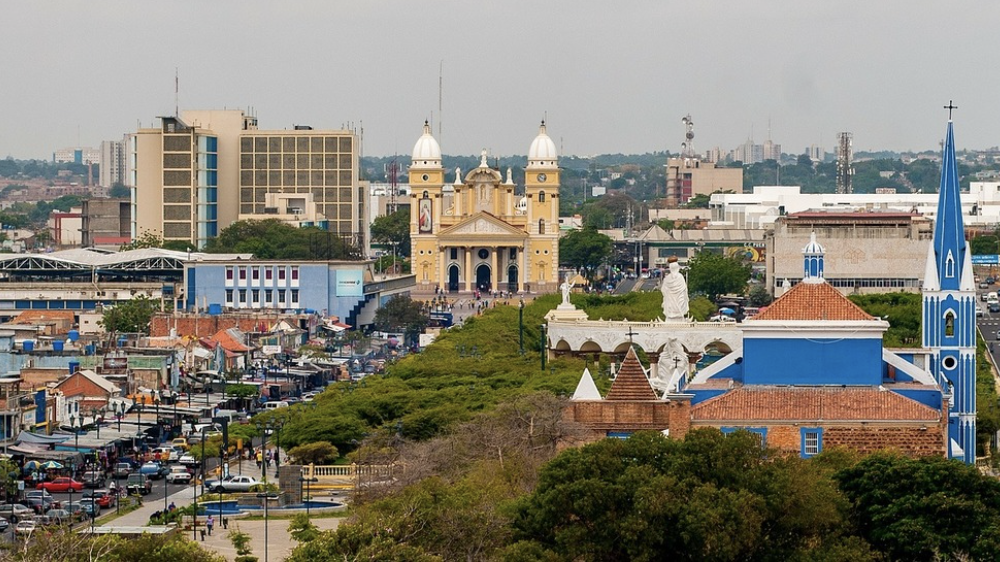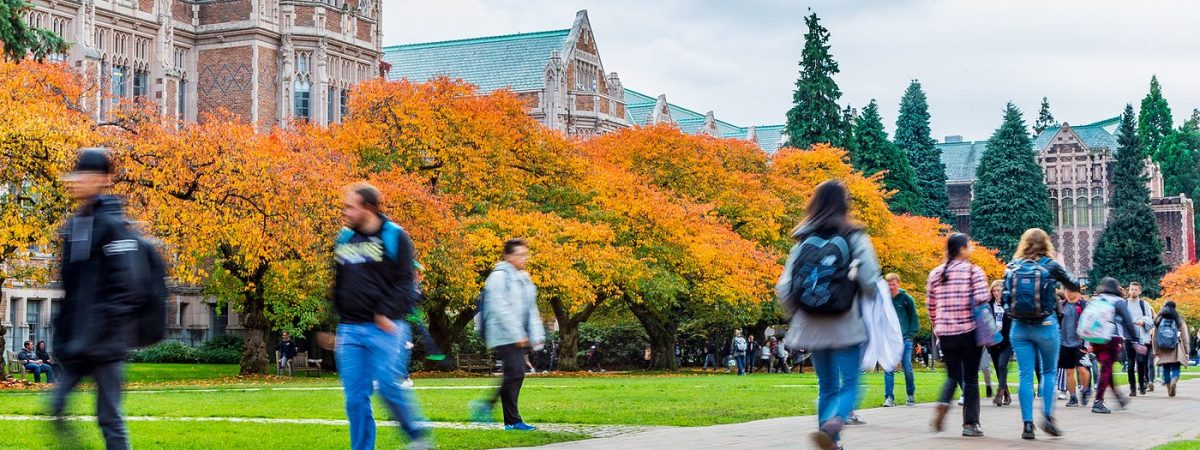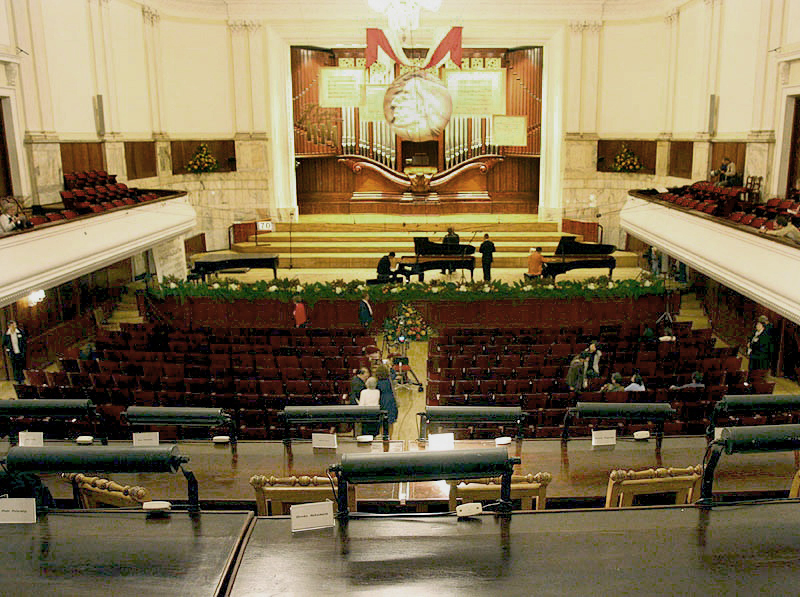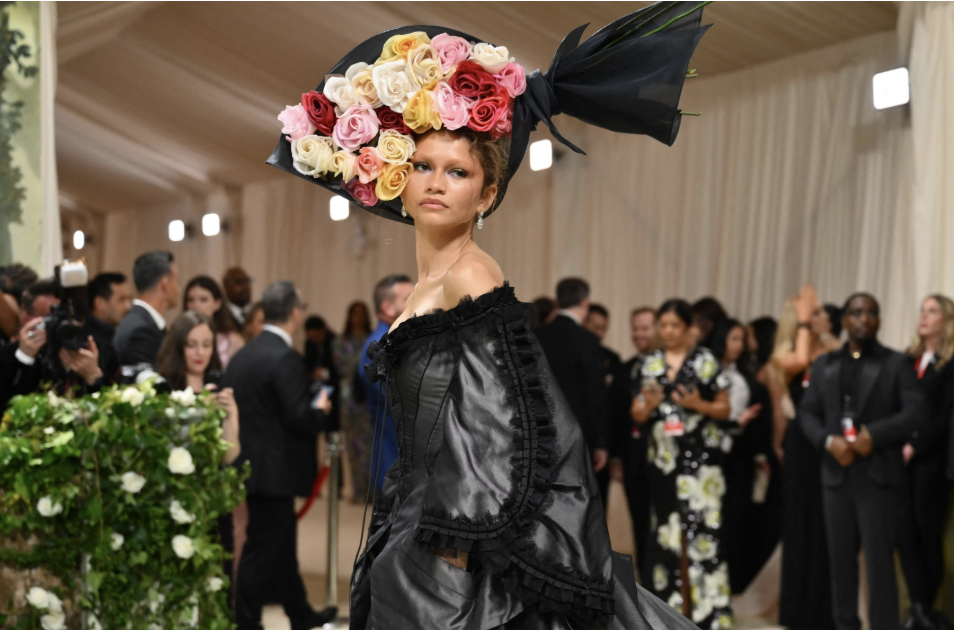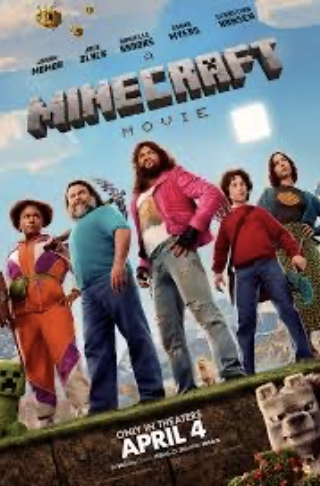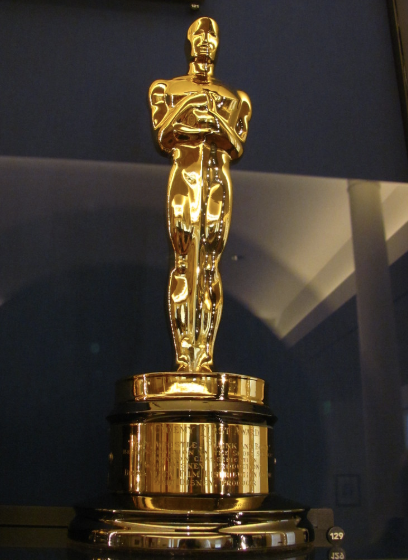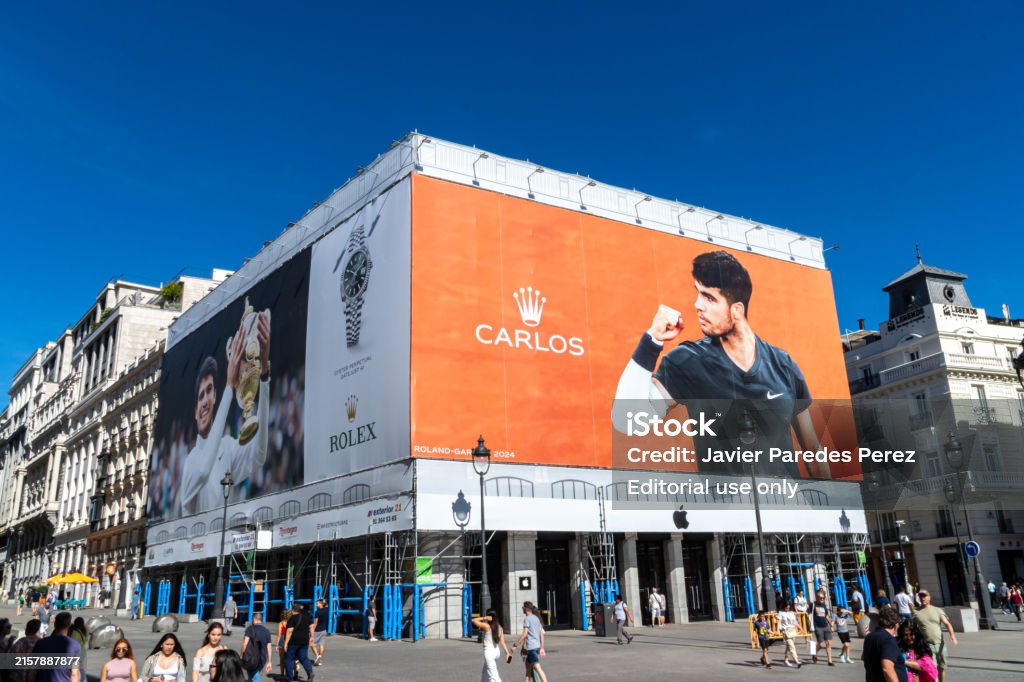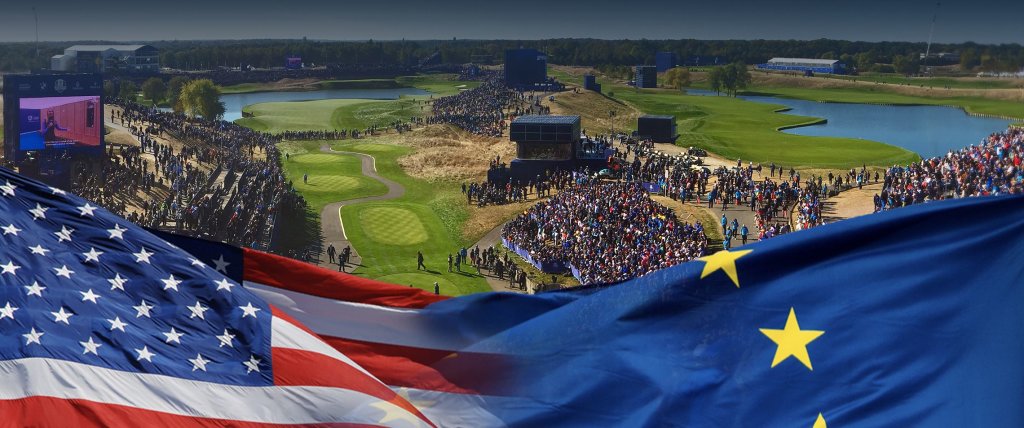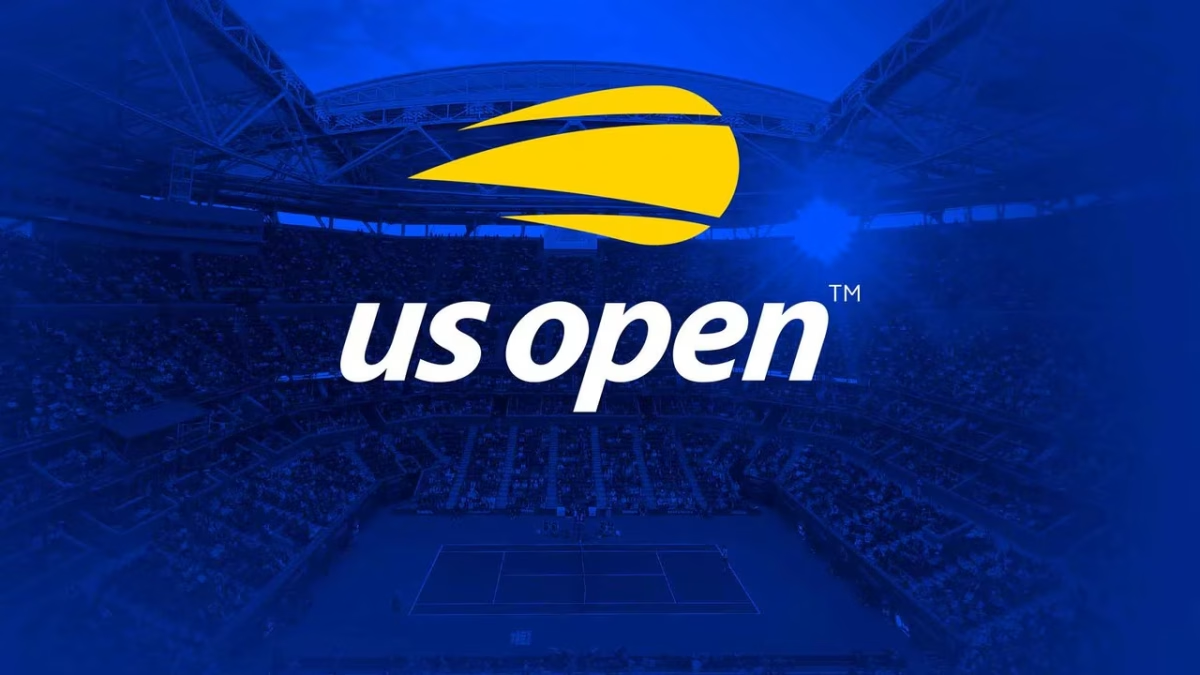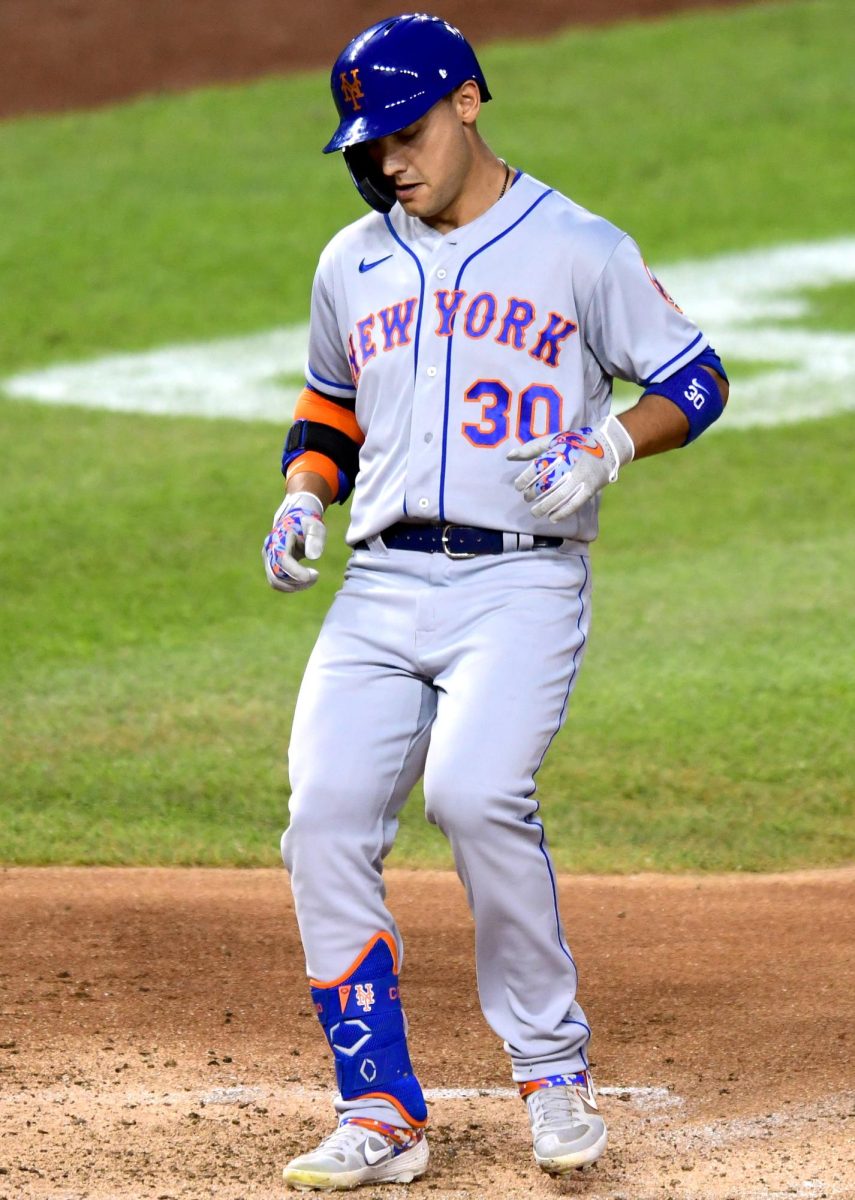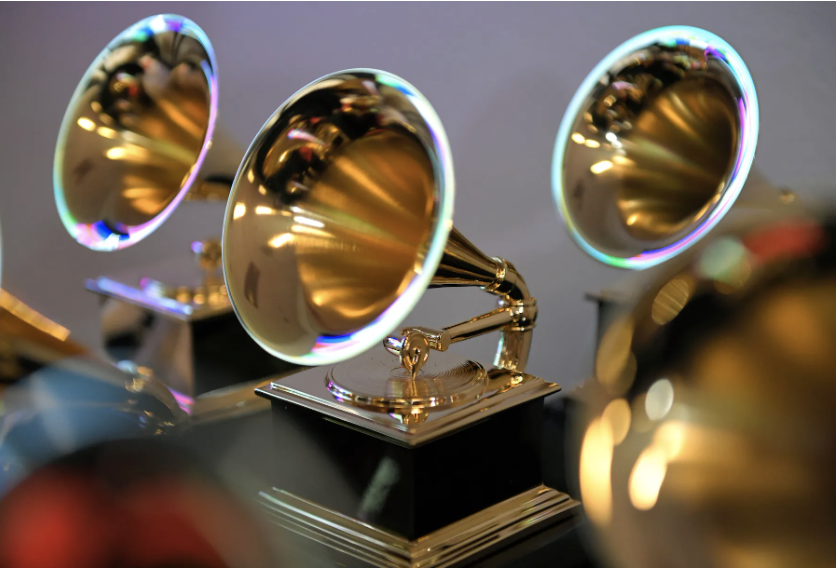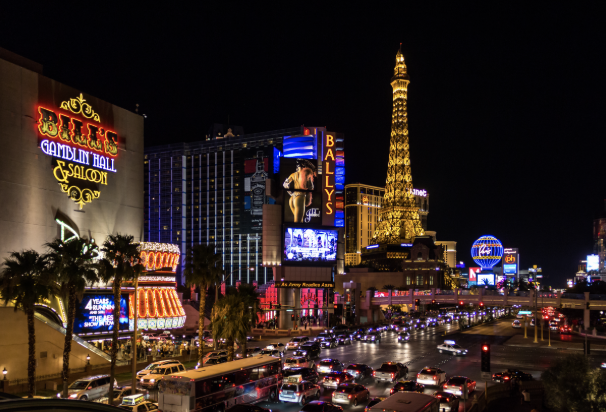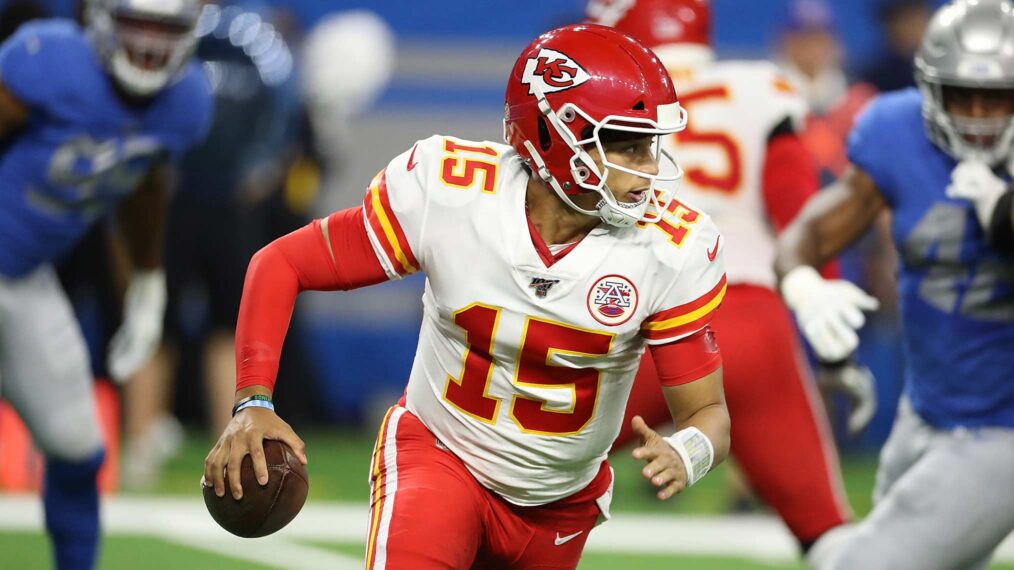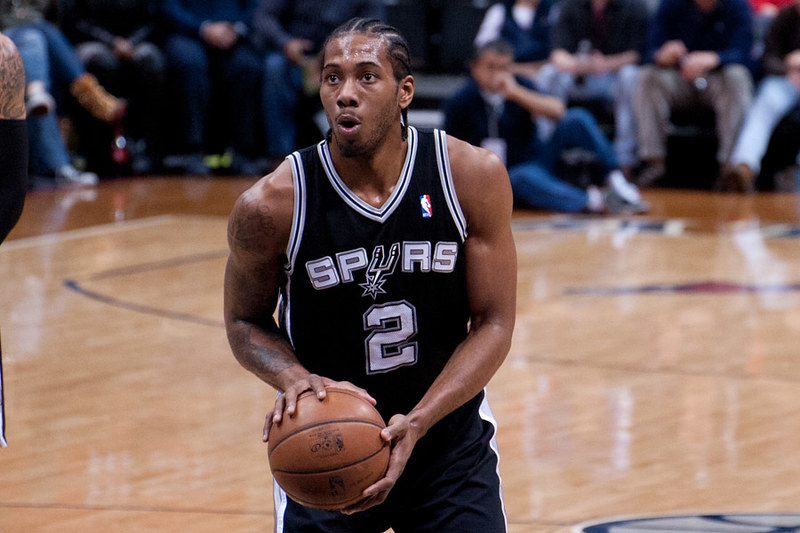The Super Bowl is a national (and international) phenomenon that continuously attracts over 100 million viewers per year and is one of the most widely marketed sporting events in the world. However, the Big Game wasn’t always this prominent, as the original Super Bowl I back in 1967 did not even sell all of the tickets for the game held in the LA Coliseum.
This monster event started with TV networks who began to market the game broadly so they could recoup and capitalize on the money they paid for the rights to televise the game. The “Big Three” media companies NBC, CBS, and FOX all took their turns broadcasting the game to the American public. To bring in more viewers the networrk started to mesh the spectacle of the Super Bowl with the game itself to help attract casual observers and even those with little to no interest in the football game itself. To accomplish this, they made the game a complement to an extravagant halftime show featuring A-list performers, turning the event into something beyond a mere sporting event.
Because of the immense causal viewerbase of the Super Bowl, its commercial breaks have become a lucrative way for companies to promote new products and services. An ad slot in this year’s Super Bowl required a hefty investment, involving upto $7 million for a 30 second slot, and even more money to get stars to appear in the commercials. Suddenly, Super Bowl ads became their own snapshot of pop culture and often indicated widespread consumer sentiments. Casual viewers took pleasure in dissecting the various commercials and loved watching their favorite stars on screen to advertise Doritos or Mountain Dew.
This unique blend of sports, entertainment, and advertising has firmly entrenched the Super Bowl as a cornerstone of American popular culture, ensuring its relevance and enduring appeal across generations.
